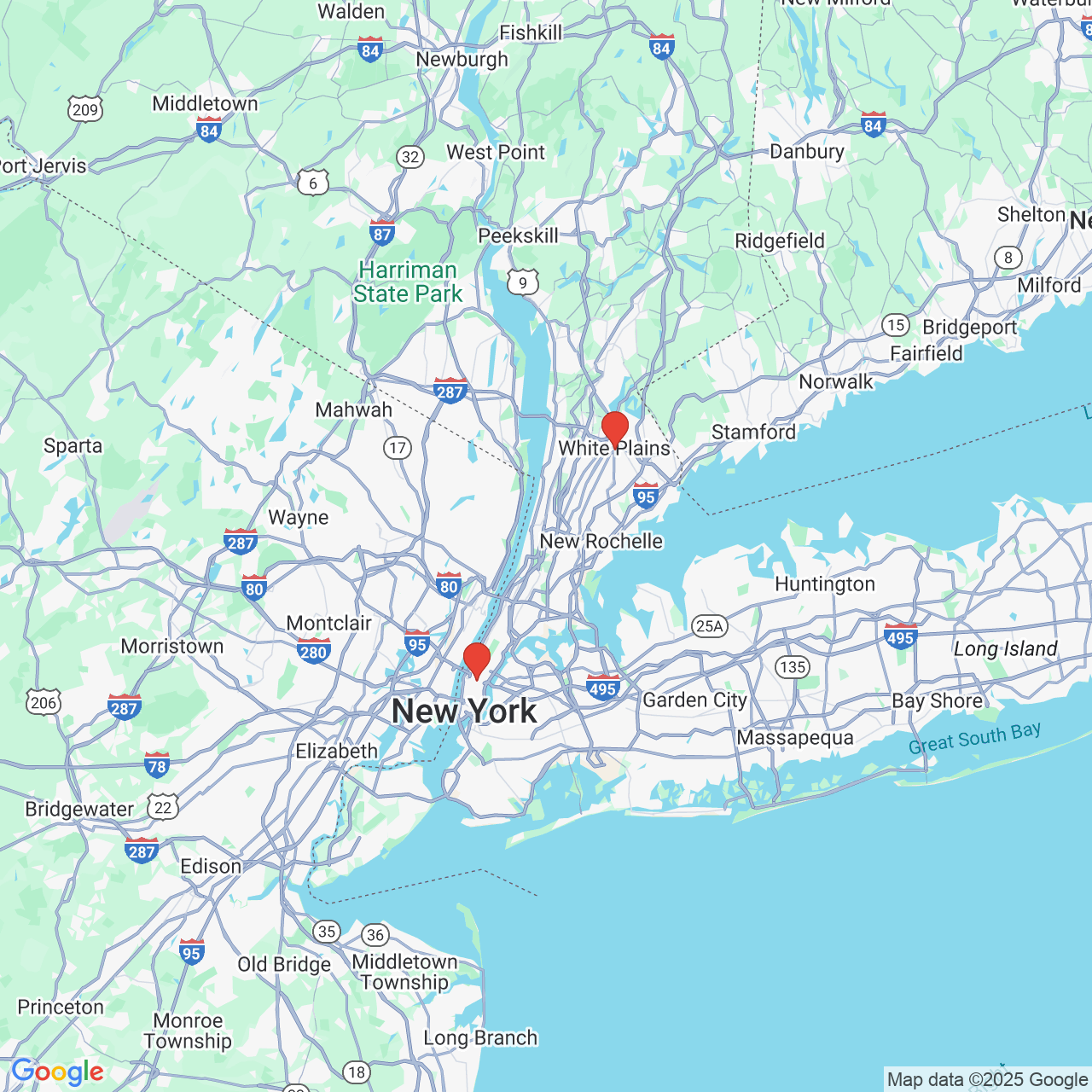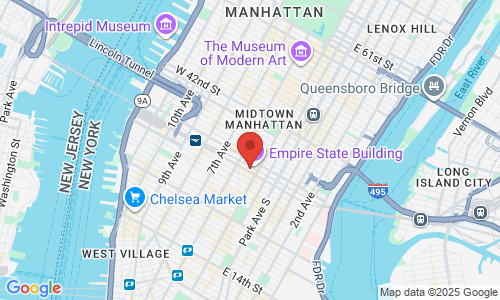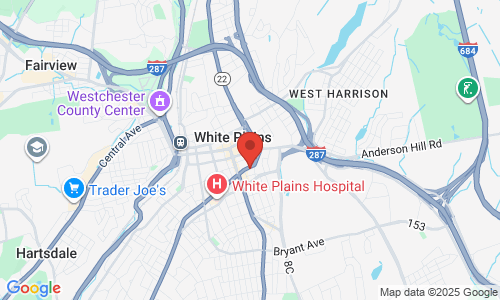Rear-End, Lane Change, and Driveway Accident Fault in NY
How Is Fault Determined in a Rear-End Collision in New York?
Pretty much, yes. New York law is very clear. The rear-most driver must maintain a safe distance. If they don’t and they hit the car in front, they’re usually at fault—no matter the excuse. Ice, sudden stops—it doesn’t matter. You have to drive in a way that accounts for those possibilities. The only exception is if the car in front swerved into your lane unsafely.
Can You Still Sue If You Were Rear-Ended?
Absolutely. If you were rear-ended, you almost always have a strong case. Our firm has won countless cases on summary judgment by simply pointing out that it was a rear-end collision, which violates New York Vehicle and Traffic Law §1129.
What About Multi-Car Rear-End Crashes?
The rear-most vehicle is usually at fault, but others in the chain can be too—if they rear-ended someone after being hit. Each impact is analyzed individually.
Who’s at Fault in a Lane Change Accident in New York?
Almost always. Under New York traffic law, you have to stay in your lane unless it’s safe to change. The driver changing lanes is responsible for making sure it’s safe. The existing lane driver has no obligation to “let them in.”
If a Car Hits You While Exiting a Driveway or Parking Lot, Are They Automatically Liable?
They’re usually at fault. The car entering a roadway has the duty to make sure it’s safe. If they hit someone, it shows it wasn’t safe. That applies to driveways, gas stations, and parking lots.
How Does Comparative Fault Work in New York Car Accidents?
Yes. New York has a pure comparative fault rule. Even if you’re 90% at fault, you can recover 10% of your damages. If you have $1 million in damages, that’s still $100,000. It’s worth pursuing in serious cases.
What’s the Best Evidence to Prove Fault in a Car Accident?
Video evidence. Dashcams in Teslas, Ubers, or your own car are huge. Otherwise, take photos before cars move. Even getting the other driver on camera admitting fault can help. Also, always call the police and get a report—it locks in the story before insurance companies get involved.
Why Is Immediate Medical Treatment After a Crash So Important?
Immediate medical treatment after a crash is so important because if you’re hit by an uninsured driver or in a hit-and-run, you must report it within 24 hours. Also, delays in treatment can damage your case. If you don’t go to the doctor and then claim injuries later, insurance companies will argue the accident didn’t cause your injury. Documentation is key.
What If There’s No Dashcam or Clear Witness?
Photos of the damage help us reconstruct how the crash happened. Even without video, we can often still build a case. But yes, it’s more challenging without hard evidence, which is why we stress getting as much documentation as possible.
Do Most Car Accident Cases Go to Trial?
Not often. About 90% settle. We often file for summary judgment so the court decides liability before trial. That also adds 9% interest under New York law, which pressures insurance companies to settle faster.









